Lychee and mango sellers are doing brisk business these days. Some of them, as you may have noticed, are taking a more ‘in-your-face’ sales approach by dangling a lychee-bunch at your eye-level by the roadside. But irrespective of the sales tactic, Kathmandu residents seem to be relishing the juicy seasonal fruits.
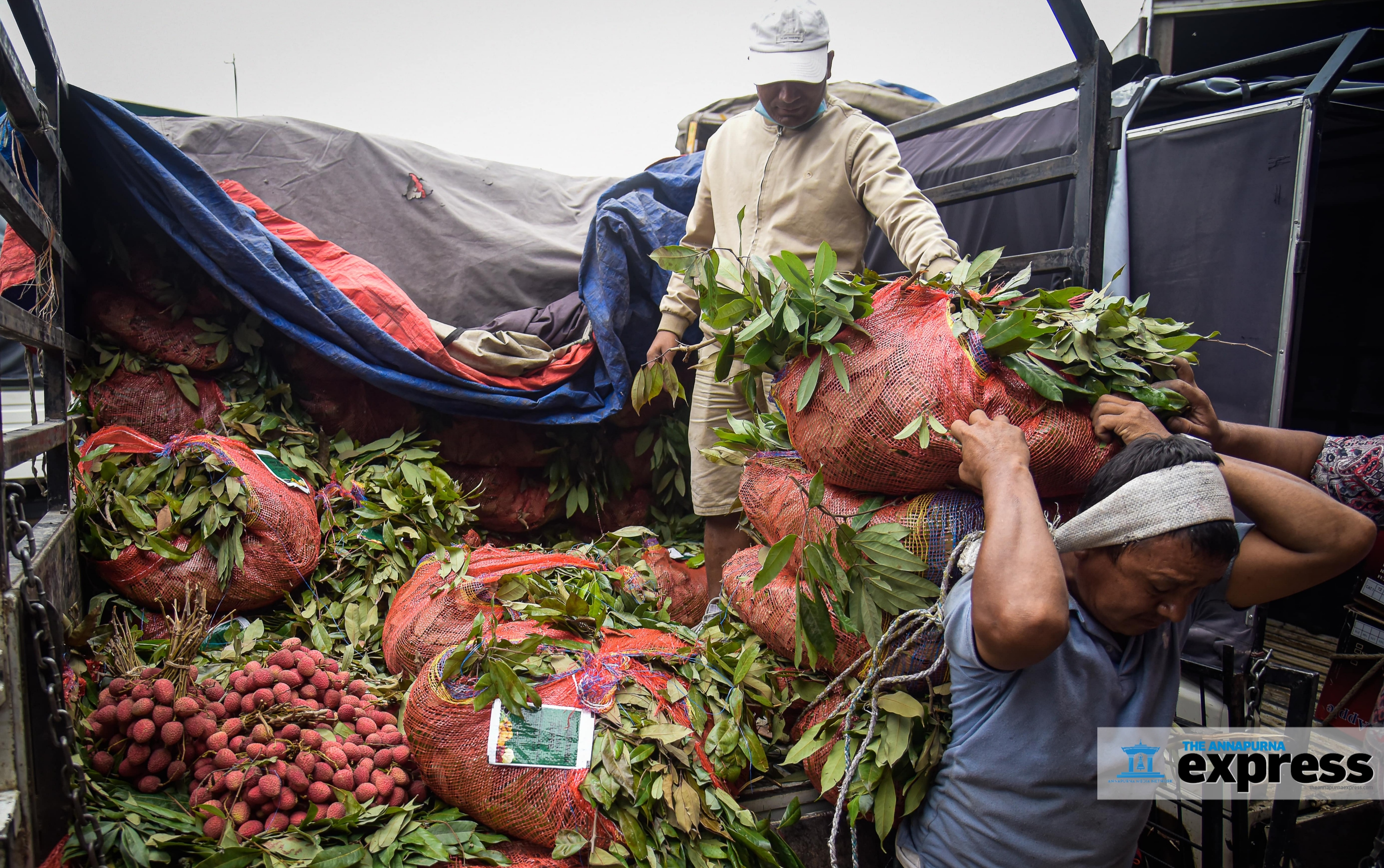
This week, I trained my lens on these fruit sellers and their business, as well as the journey of the fruits in question, from the farm to our homes.
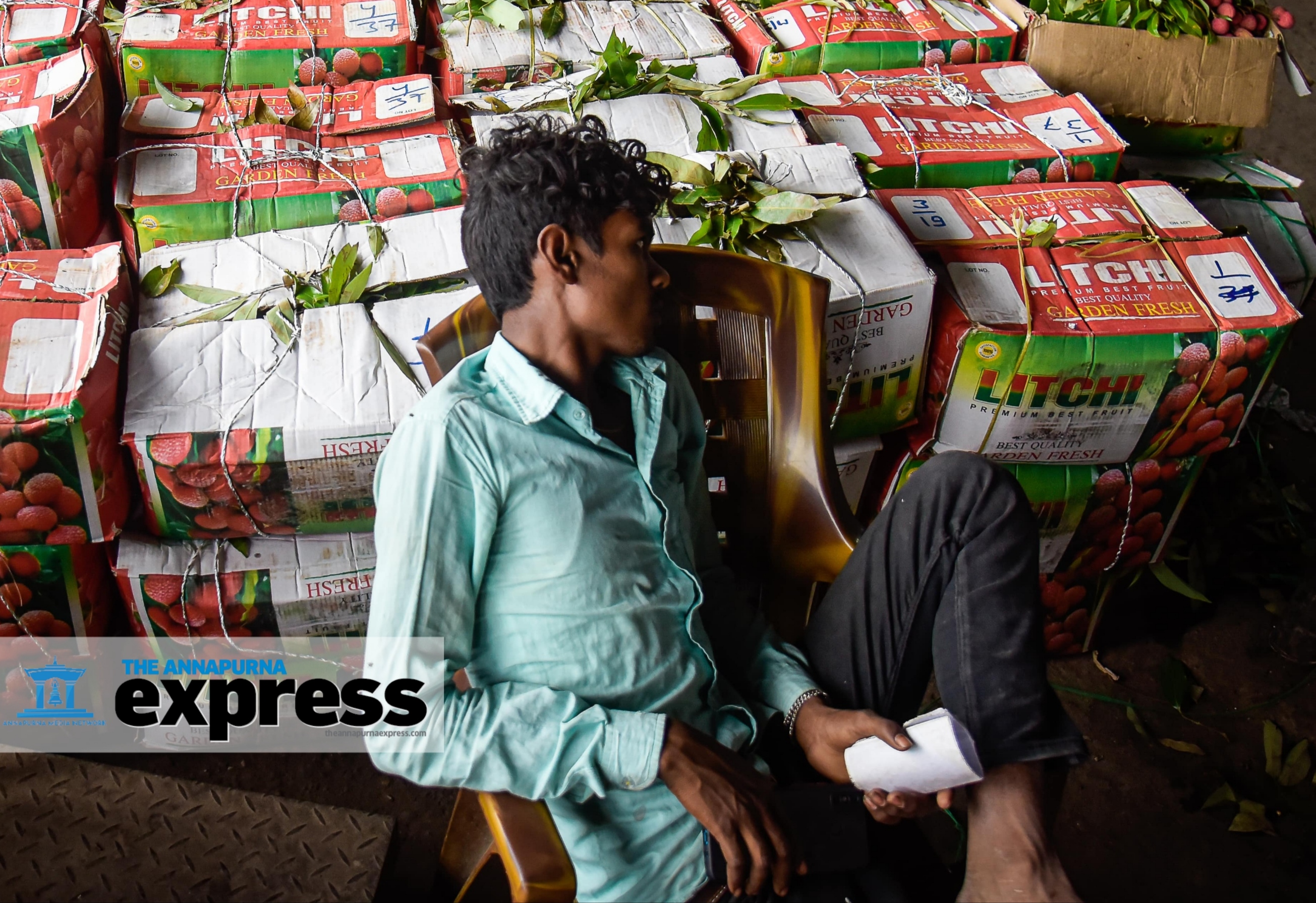
My ‘fruit pursuit’, which began by photographing and interviewing some fruit sellers in Kathmandu’s neighborhoods and streets, took me to Kuleshwor Fruit Market—the mother ship from where the majority of fruits sold in the city emerge.
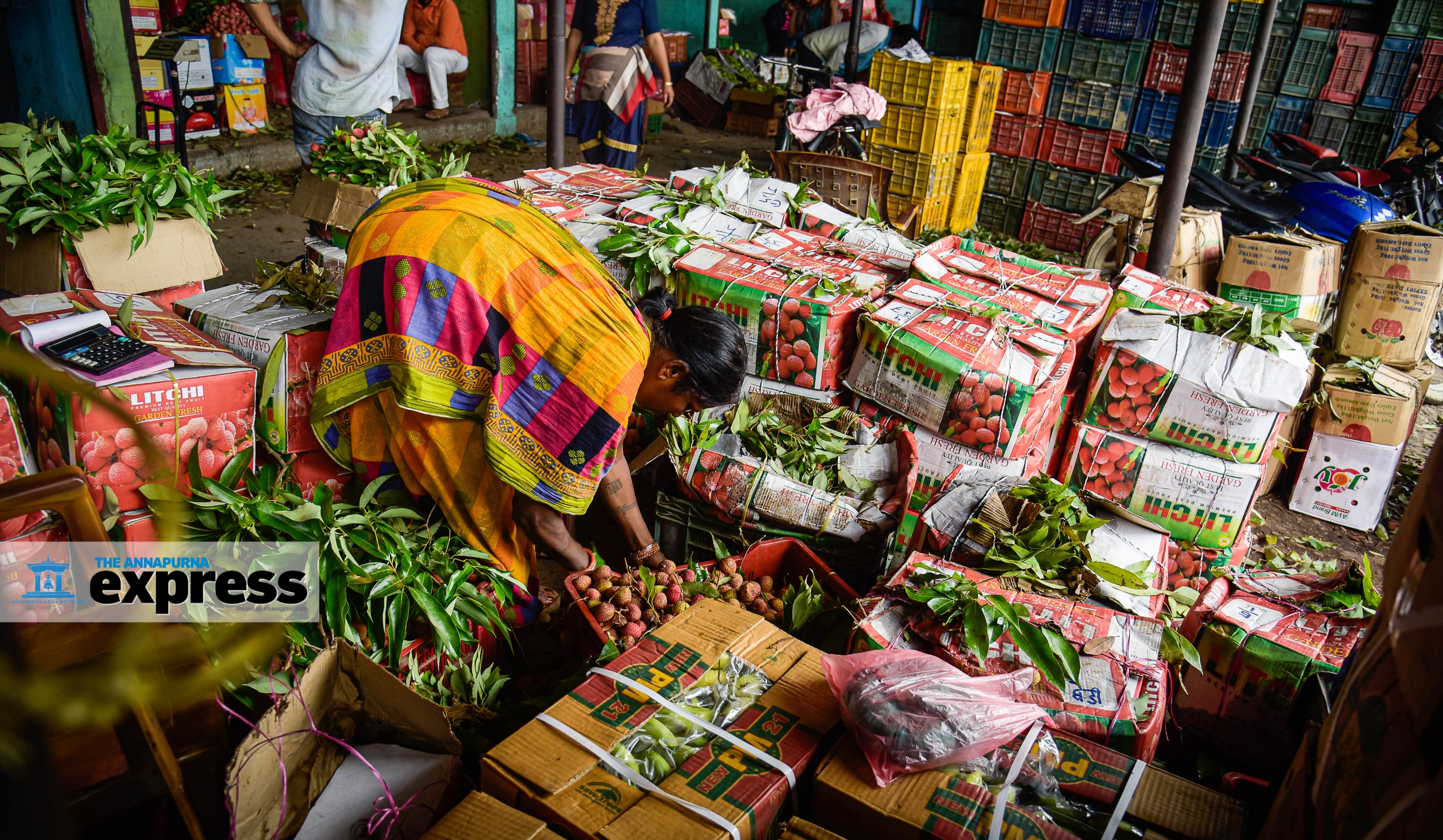
Inside this facility is row upon row of shops stacked and stuffed with carton boxes and sacks containing all kinds of seasonal fruits. A great many shops, I notice, have stocked up on mangoes and lychees.
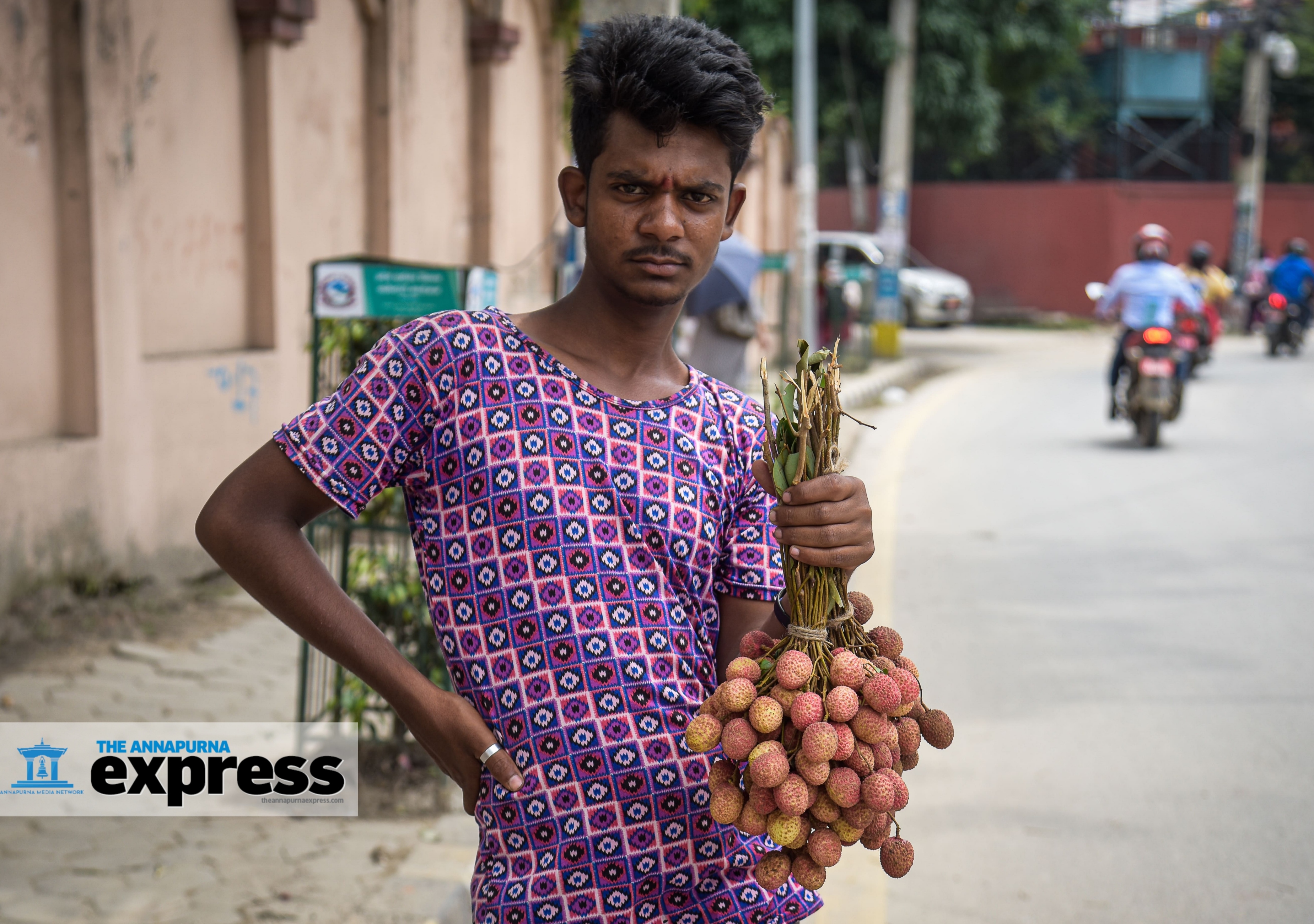
“Season’s top sellers,” a shopkeeper tells me. I ask him about the lychees, and he explains there are three kinds in the market—Nepali, Chinese, and Indian. And interestingly, most of the lychees sold in the market are either Indian or Chinese, although both kinds are brought from Muzaffarpur, a city in Bihar state of India. “Indian and Chinese lychees are sweeter than Nepali ones,” the shopkeeper says. “Indian lychees are the sweetest.”

Indian and Chinese lychees cost around Rs 170 a kg while the same quantity of the not-so-sweet Nepali variety can be bought for Rs 60-70.
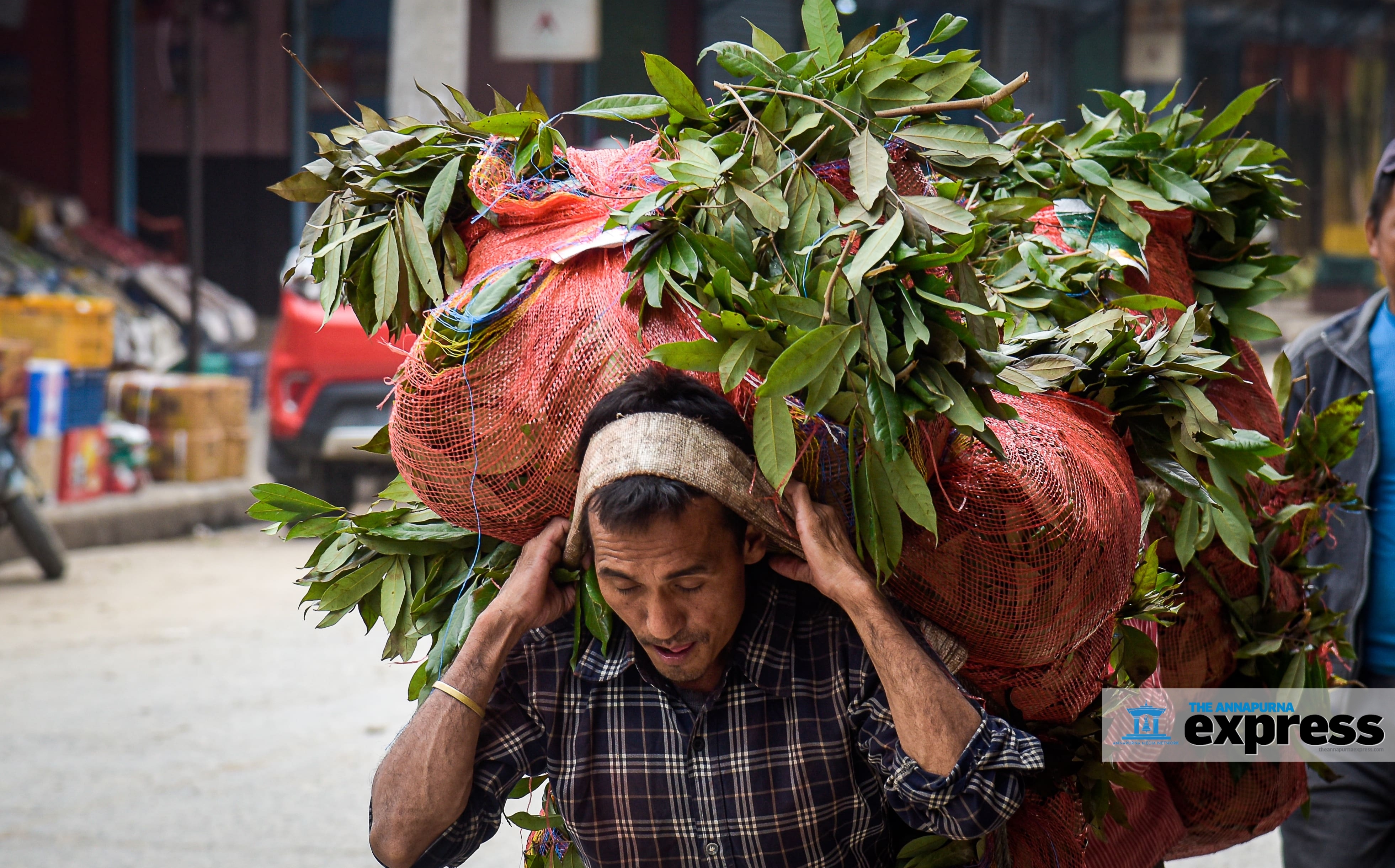
As for mangoes, there is the Nepali Malda from Lahan, Siraha, and the Banganapalle, which is imported from Maharashtra, India. Again, the ones imported from India cost more.
“They are sweeter and juicier, so pricier,” the shopkeeper tells me matter-of-factly. I take him at his word.











